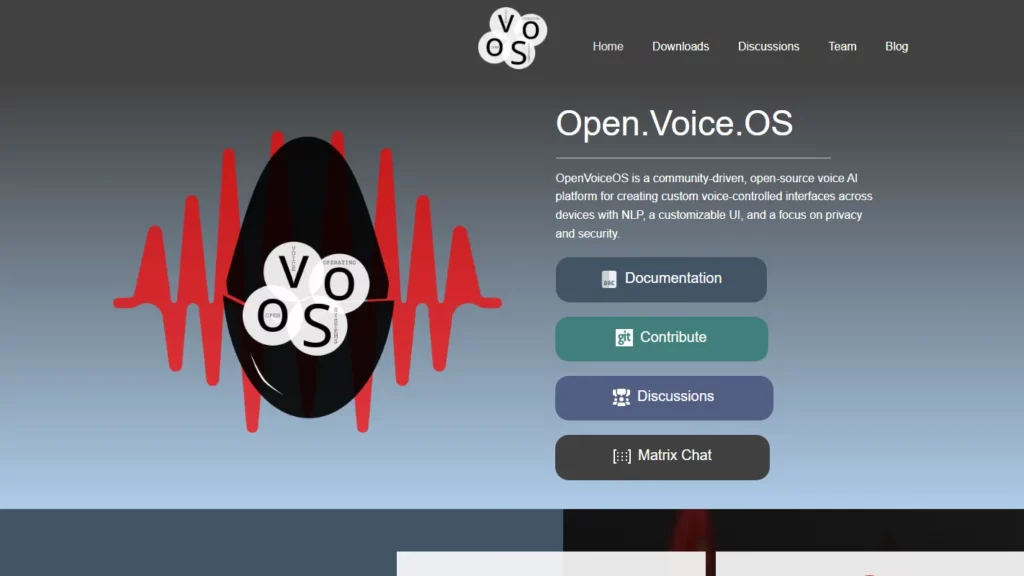Open Voice OS is a community-driven, open-source voice AI platform that provides users with a seamless and intuitive voice interface for controlling their smart home devices, playing music, setting reminders, and more. It is built on open-source software powered by developers from various Linux and Foss communities. The platform is open to all developers and contributors who want to support a specific device or platform. It is a platform for experimentation and supports embedded headless devices or single-board computers with screens to build DIY smart speakers. It is designed with privacy and security in mind and offers a customizable UI. It is a nonprofit foundation under Dutch law, and donations are used to facilitate software development, promotion, and support.
⚡Top 5 Open Voice OS Features:
- Open-source software: Built on open-source software, allowing developers to contribute and build the next generation of personal assistants and smart speakers.
- Seamless voice interface: Open Voice OS provides a seamless and intuitive interface for controlling smart home devices, playing music, setting reminders, and more.
- Customizable UI: Allows users to create interfaces that match their brand and style.
- Offline capabilities: Open Voice OS can run without online services, providing users with complete control over their data.
- Focus on privacy and security: Ensuring that users’ personal information and voice commands are protected.
⚡Top 5 Open Voice OS Use Cases:
- Smart home control: Open Voice OS can control smart home devices such as lights, thermostats, and security systems.
- Music playback: Users can use voice commands to play music on their devices.
- Setting reminders: Open Voice OS can be used for tasks and appointments.
- Custom interfaces: Developers can create custom interfaces for their products, offering a unique user experience.
- Offline operation: It is accessible offline, providing users with a voice-controlled virtual assistant that doesn’t rely on online services.















